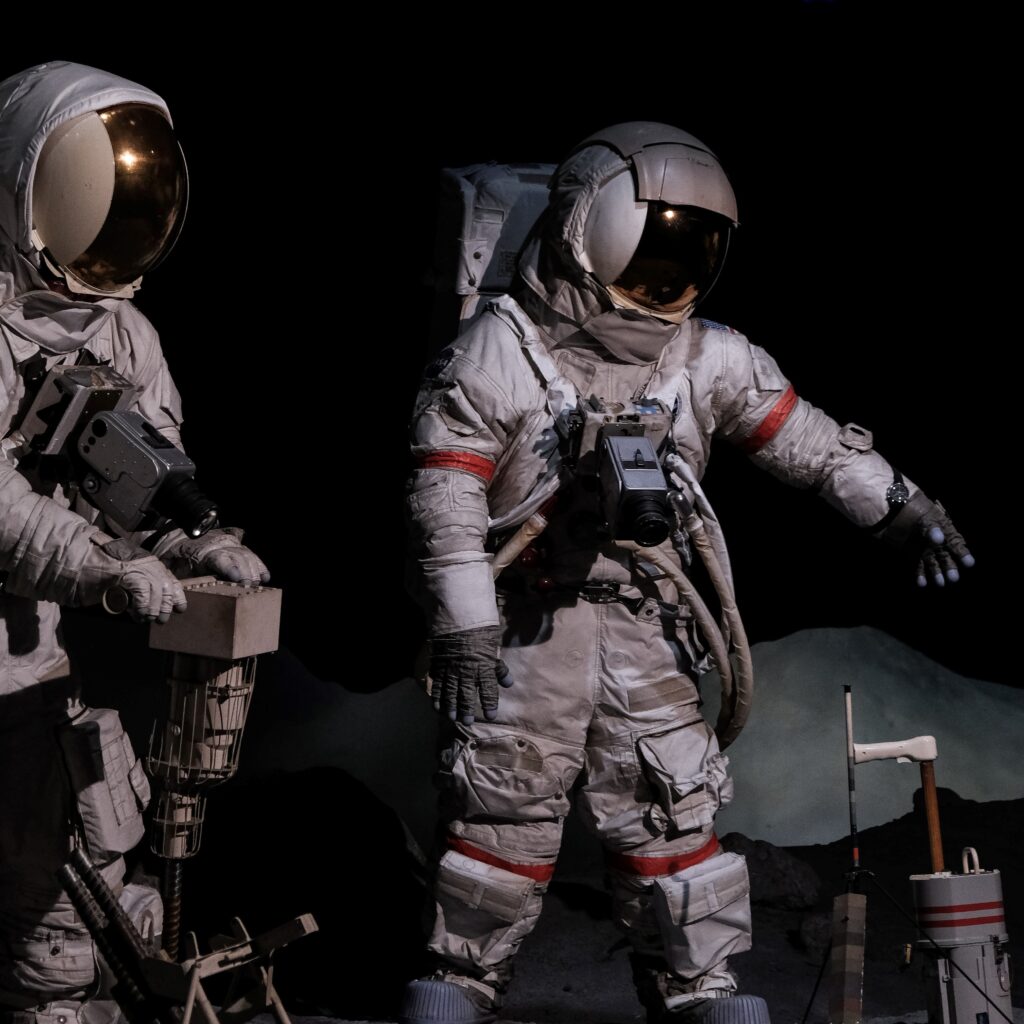Build a Mission-Worthy Team

When the first crew of astronauts departs for Mars, Suzanne T. Bell’s work will play a large role in their success. Bell is an associate professor of industrial and organizational psychology at DePaul University. She studies team composition.
During the Mars mission, the astronauts will be confined in a space the size of a studio apartment for more than two-and-a-half years. Bell is researching what mix of personalities is most likely to work effectively together.
Although you’re probably not recruiting a team for an extreme experience, it can be helpful to begin thinking about team building from Bell’s perspective.
“A mission team—like any team, anywhere—needs competent people who work well together,” Bell advises. “In our models, we assume that astronauts are intelligent, that they’re experts in their technical areas, and that they have at least some teamwork skills. What’s tricky is how well individuals combine.”
Hire for Fit
Don’t rely on games, group lunches, or happy hours to turn incompatibility into excellence. Building a great team starts with hiring the right people. Then you need an environment that maximizes individual talents while allowing groups to work successfully together.

Hiring for skill is easy. It’s not difficult to evaluate when someone has the right background and experience to do a job. The answers to straightforward questions will typically indicate whether an applicant is technically qualified.
Hiring for fit is more challenging. But the ability to spot the qualities that make an applicant a contributor and avoid the dysfunction that characterizes a disruptor sets you up for successful team building.
Meg Ward, Co-Founder of Gravitate Solutions, and a contributor to our book, “Association 4.0™: An Entrepreneurial Approach to Risk, Courage, and Transformation,” described her company’s hiring process like this.
“Hiring employees who are the right fit for this positive environment is a top priority. Our interview process is rigorous. We do phone screening followed by three waves of interviews with teammates from different cross sections of the company. There are role-playing exercises, and the final activity is a cultural fit session. We look for candidates who are willing to be flexible and have the intellectual gravitas to dig into problems that we’re asked to solve every day. This process ensures that we hire the right people.”
It may require more time and effort to find someone who complements your team. Trust me, it’s worth it. Don’t be tempted by an applicant with stellar credentials and a permanent scowl. The IT wiz will not be effective if no one wants to listen to him. If finding the right candidate isn’t happening, consider filling in with temporary support. Introducing a toxic personality into your team is a recipe for disaster. One person can poison an entire organization. I’ve seen it happen.
Know Who You Want
Whether you are hiring a new employee or selecting staffers for a special project, a perfect fit doesn’t happen by accident.
If you’re interviewing prospective employees, be as clear about the company’s expectations for behavior and attitude as you are about the professional skills required. It’s helpful to outline cultural norms and values in the job description.
Charlie Judy, Chief People and Culture Officer at Intelligent Medical Objects, and another contributor to our book, shared this advice about the value of clarity.
“You have to understand the characteristics of work in your culture. That specific information allows employers to hire people who are the right fit for their community, and it can help prospective employees avoid situations where they will not thrive. For example, if being a decision-maker is a non-negotiable for you, and you’re considering a job where decisions are only made by committees; then I don’t care how much you like the break room, the people on your team, or your career path, you will not do your best work. That’s a simplified example, but it’s the kind of idea that woke me up.”
Similarly, when you are building a project-related team, document goals, and objectives and ensure that all participants understand what success looks like. Using Suzanne Bell’s example, it can be helpful to consider both the technical and psychosocial roles that will facilitate the work.
Depending on the project, you may need a mix of introverts and extroverts as well as some people that love to color in between the lines and others who are risk-takers and innovators. Creatives can generate ideas, whereas participants who are process-oriented will ensure that the work gets done. Strive to include a diversity of backgrounds, experiences, and thoughts.
Understand Your Team
If you’re uncertain about what roles people on your team are most comfortable playing, it’s easy to find out. The Myers-Briggs Type Indicator is a tool that helps develop self-awareness and insight into how individuals prefer to interact and communicate. This knowledge can short-cut the path to effective collaboration and illuminate interpersonal dynamics for the group.

The instrument was developed by Isabel Briggs Myers and her mother, Katharine Cook Briggs, in 1940. They were students of Carl Jung’s theory of psychological types. It’s a testimony to the MBTI’s efficacy that the instrument endures as one of the world’s most popular personality tools. More than 88 percent of Fortune 500 companies in 115 countries use the MBTI.
“Myers-Briggs can transform teams,” Kevin Martlage, .orgSource Senior Consultant, advises. “As groups begin to understand how their colleagues assimilate information and make decisions, they gain confidence and trust in each other.”
In addition to being a vehicle for discovery, the inventory can be a problem-solving tool as well as a path to identifying and resolving conflict. “Sometimes we arrive at the root cause of a challenge by looking inward,” Kevin observes. “Your results can shine a flashlight into areas you may not have considered and be a mirror that reflects how your behavior impacts others.
Strength inventories are another tool that teams can use to understand each other and identify the right person for the right job. There are many different instruments to choose from.
The MBTI and other personality questionnaires are a point of departure. They are not intended to pigeonhole people into restrictive categories or to substitute for forming effective collegial relationships. But they can fast-track communication and contribute to a better understanding of what motivates others.
Facilitate Collaboration
Along with giving teams the tools for self-knowledge, create a framework that supports their ability to collaborate. Set ground rules that ensure people are not afraid to explore ideas from multiple perspectives, speak candidly, and make mistakes. Without psychological safety, it will be hard to get valid feedback.
Striking a balance between creativity and process can also be challenging. Groups need the freedom to explore ideas with enough guidance to avoid frustrating missteps and confusion. Providing teams with the right mix of oversight, autonomy, and flexibility is a skill that’s acquired with experience. Complex initiatives can benefit from having a professional project manager on the team.
Finally, if your group is struggling to communicate effectively, don’t wait for a meltdown to get help. Sometimes an outside intervention can identify challenges that insiders are unable to spot.
Mission drives all things association. Motivate the group by helping them to understand how each participant’s skills contribute to the whole and how success will impact the organization and its members.
We may not be going to Mars, but we are improving our members’ professional futures. That’s a goal your team should be eager to achieve.
